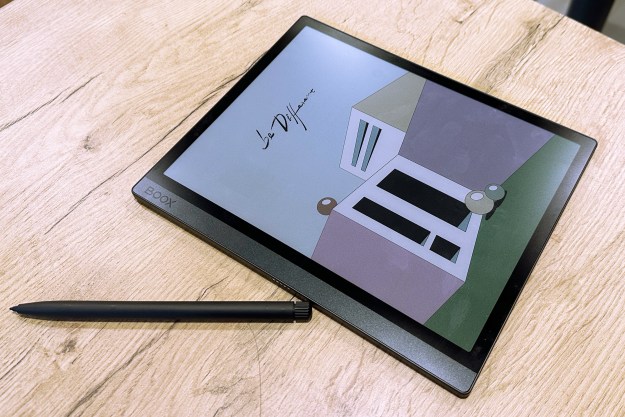
AT&T is desperately trying to win regulatory approval for its proposed $39 billion merger with T-Mobile, but so far, things aren’t going well for the carrier. Lawmakers, customers, and the CEO of Sprint are rising up against the deal. In response, AT&T is suing its own customers who have been trying to block the merger and has subtly threatened higher prices and lower quality service if the deal doesn’t go through.
Today, the saga continues. Gizmodo has leaked a confidential document written by AT&T to the FCC explaining why the carrier will refuse to build out its LTE network to reach the entire country unless the merger with T-Mobile is approved. The document explains that, prior to the merger, AT&T’s LTE plan was to cover 80 percent of the U.S. population with 4G LTE service and 97 percent with supercharged HSPA+ 3G service. Building the LTE network out to those remaining 17 percent was deemed too expensive, with a price tag of $3.8 billion.
Without the merger, AT&T plans to deploy 4G LTE service to 70 million people by the end of 2011, 170 million by the end of 2012, and 250 million by the end of 2013. If the T-Mobile deal goes through, they’ll push it out to 97 percent of Americans within six years of the deal closing (2018, at the earliest).
According to the document, while AT&T’s marketing department wanted the company to hit 97 percent of Americans with LTE, executives couldn’t justify the large cost, especially considering how little they may see back in revenue from the rural population. However, should the T-Mobile deal go through, the plan would be entirely feasible and make economic sense, though no specific numbers were given on specifically how acquiring T-Mobile makes the rollout cheaper.
This document is handcrafted for the FCC, which, along with the Obama administration, desperately wants to see the entire United States get access to broadband Internet. Believe it or not, there are still sections of the country stuck on dial-up connections. Compared to the price of rolling out wire to every rural home, wireless broadband is a more affordable way to connect some Americans to broadband. Unfortunately, we feel sorry for these Americans, as they’ll have to pay extremely high prices for just a few gigabytes of broadband access–unless prices come down. Cable and DSL providers tend to offer unlimited or large 150-250GB data caps for cheaper prices than a 2-4GB smartphone data plan. And what about the 3 percent of people who aren’t covered by AT&T’s plan?
From the tone of the document, it sounds as if AT&T is the only 4G LTE provider that could provide the rural masses with mobile broadband. That isn’t the case, as Verizon has already launched and is rapidly expanding its 4G LTE coverage. AT&T’s network isn’t yet online.
Editors' Recommendations
- T-Mobile’s 5G and 4G LTE networks are nearly twice as fast as Verizon and AT&T
- LTE vs. 4G: The differences explained
- Mobvoi brings sleep tracking to the TicWatch Pro and TicWatch Pro 4G/LTE
- Will 5G fix America’s rural broadband woes? We asked the experts

